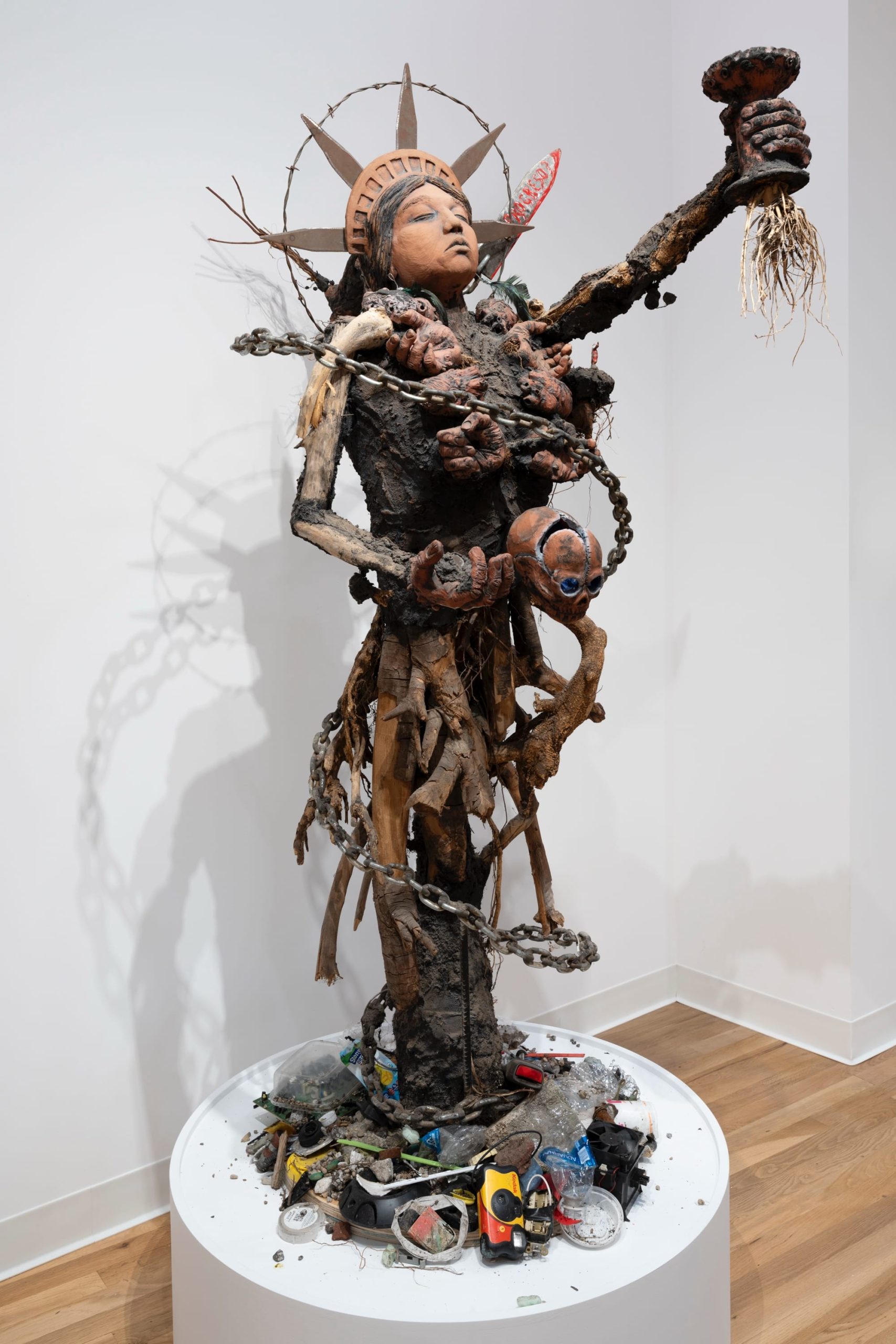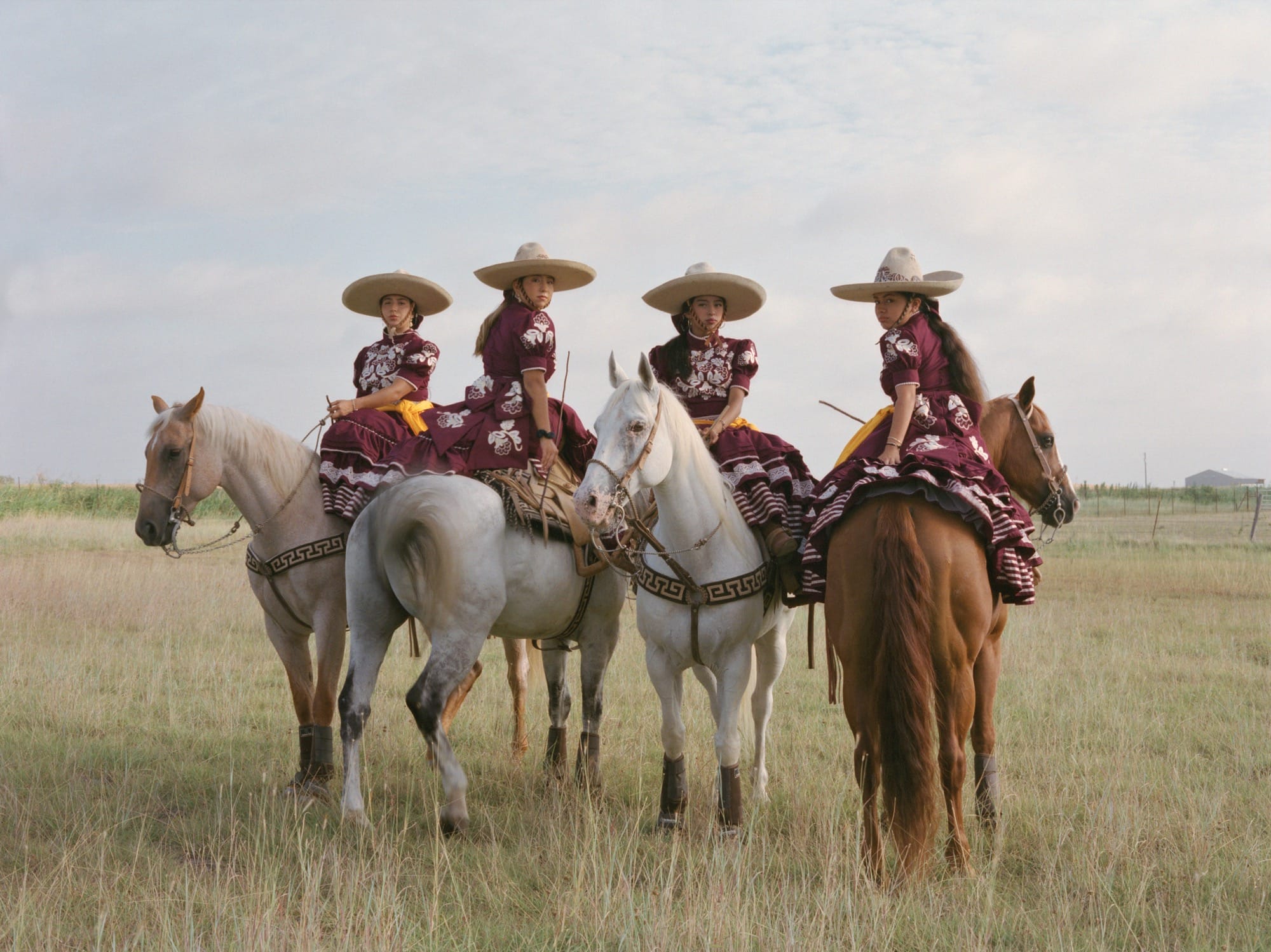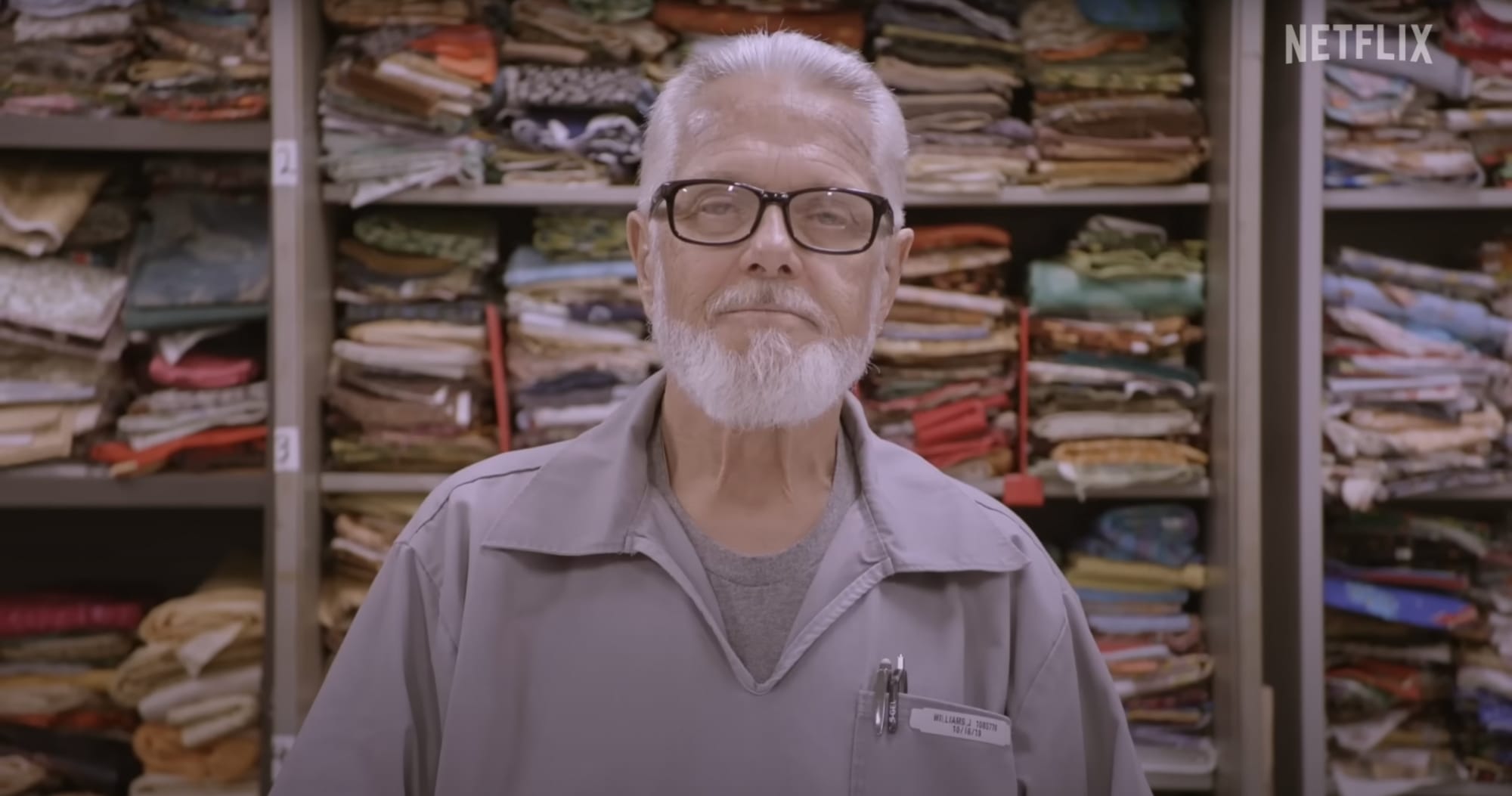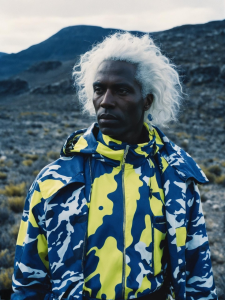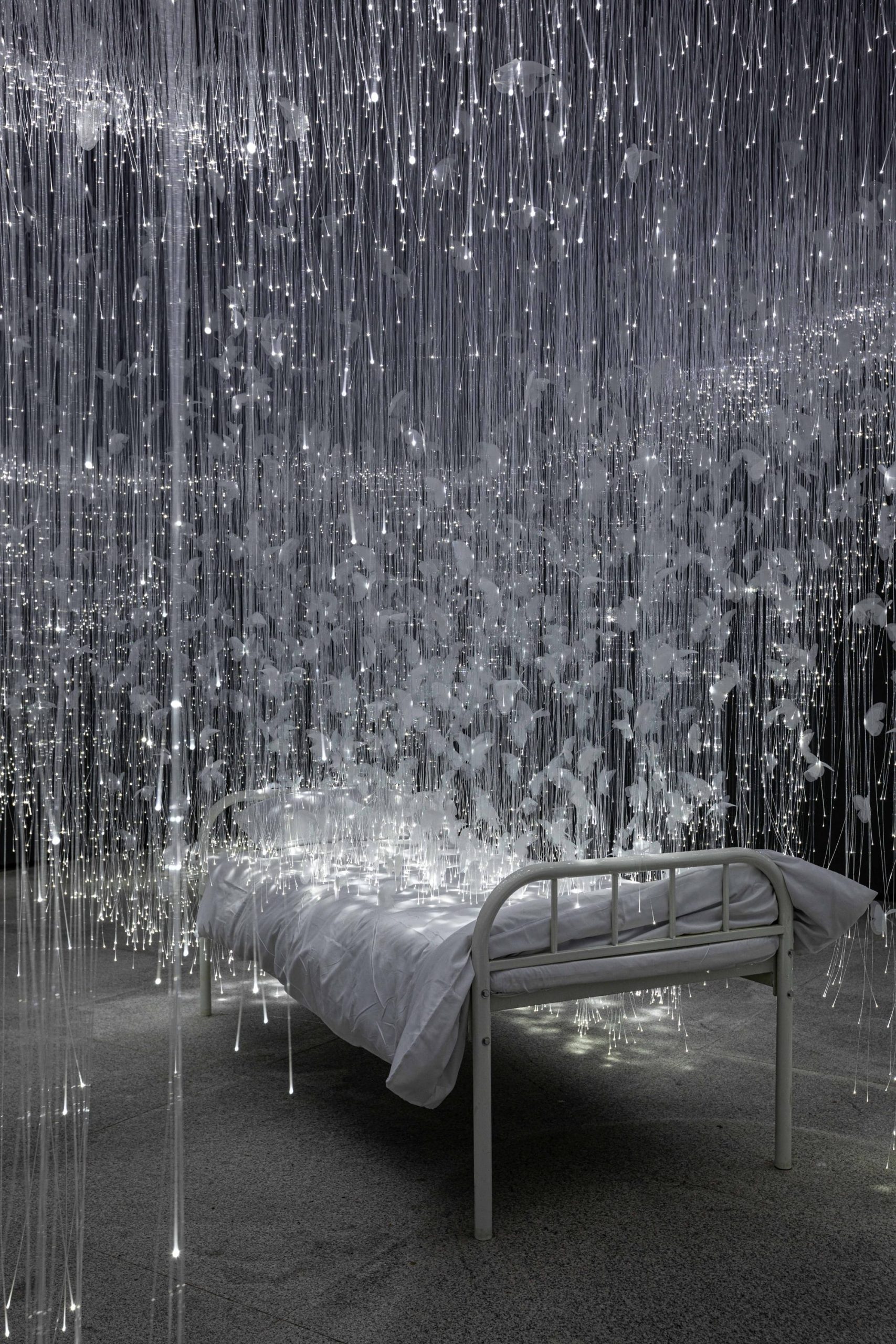Built on the traditional homeland of the Sauk, Fox, and Potawatomi peoples, Chicago is a city of immigrants. Just 13 years after the city was incorporated in 1837, more than half of its residents were born overseas, having flocked to the region from across Europe and Asia alongside tens of thousands of others. Today, Chicago is home to 1.7 million immigrants, totaling 18 percent of the population.
The inaugural exhibition at the newly renovated Intuit Art Museum celebrates this history by bringing together 22 artists with ties to the city. Comprised of 75 works across mediums, Catalyst: Im/migration and Self-Taught Art in Chicago highlights those who worked in the Midwest and established their practice outside the traditional art world models.

Intuit is a longstanding champion of self-taught artists. Established in 1991, the museum has recognized the incredible creative contributions of those operating outside the mainstream due to economic, societal, or geographic reasons.
One such artist is Henry Darger, who worked as a hospital custodian by day and produced an enormous collection of drawings, watercolor paintings, and cut paper works only discovered after his death. While Darger’s works now sell for prices in the high six figures, his story is unique. Historically, self-taught artists don’t often attain the critical or financial recognition of their traditionally trained peers.
Catalyst comes at a particularly relevant moment in the U.S., as immigrants are under increasing threat. Spotlighting works with a wide array of topics and approaches, the exhibition creates a sort of contemporary tapestry of those shaping Chicago’s cultural landscape since the mid-20th century. The show intends to highlight “artists deserving of greater attention, while posing questions about access to the art world and how art comes to be defined and valued,” a statement says.
Included are four impeccably detailed paintings by Drossos P. Skyllas (1912-1973), an Ottoman-born artist known for his enchanting hyperrealistic portraits. Charles Barbarena works with a similar devotion to precise mark-making in his portraiture. The Nicaraguan artist creates linocuts that frame instances of trauma and adversity with elaborate floral motifs, his depictions of people continually harnessing compassion and resistance.

Found object and mixed-media sculpture features prominently, too. The soaring miniature cathedral by Charles Warner, for example, interprets the sacred spaces of his childhood in Prussia through hand-carved wood and pastel paint. There’s also the figurative assemblage of Alfonso “Piloto” Nieves Ruiz, who sculpts a rendition of the Statue of Liberty. With a torso of unidentifiable hands caked in soil and detritus at her feet, Piloto’s “In the name of progress” complicates the symbol of freedom.
Catalyst is on view through January 11, 2026.








